This experiment delves into the manipulation of atomic spin states through the application of circularly polarized laser light and external magnetic fields. Specifically, we determined the resonance frequencies of two rubidium isotopes at various magnetic field strengths, and the pumping and relaxation times of the isotopes.
The primary objectives were to understand the hyperfine structure of these isotopes, determine their nuclear spins, verify the Breit-Rabi formula, and to determine the ambient magnetic field.
The nuclear spins for 85-Rb and 87-Rb were found to be 3/2 and 5/2 respectively. The ambient magnetic field was determined to be 3.56 * 10ˆ-5 Teslas with an uncertainty of +/- 0.0125 Teslas.




